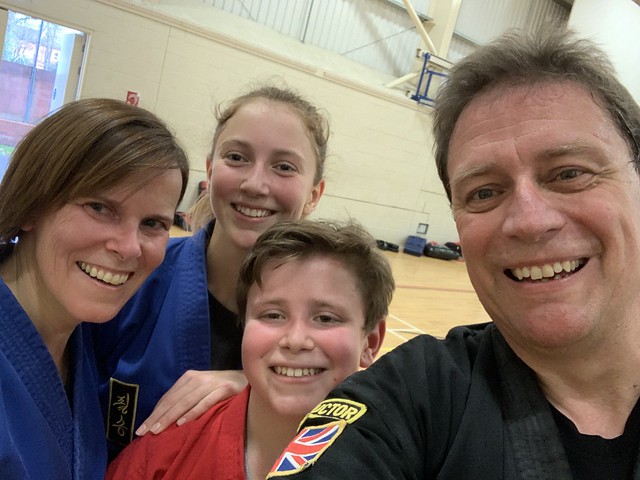The recent pandemic situation is causing many offices to suddenly switch from co-location in a building to everyone working from home. 11 years ago when I left IBM and started Feeding Edge I was immediately a home worker, but the preceding years, despite having an office and a base most work was effectively remote. Being a metaverse evangelist in 2006 was all about people using virtual world and game technology to be able to communicate and understand one another at distance.
The projects in 1997, in the early days of the web, were built as a team in an office but were clearly very much about interacting with the world at large. For those of us in these industries, building and shaping the use of the internet we did not face a big bang switch over from office to home. We tended to grab and adapt or write whatever tools were available to work across physical and digital divides. That of course is a typical pioneering spirit and having been an evangelist for change I know not everyone is comfortable with that, and nor should they be.
A sudden switch from one thing to another is bad enough, I recently had to switch from Mac to Windows for work, its annoying, and irritating at best and veer stressful at worse. Today we have the added external stress and personal worries about family and friends as well as the future of businesses layered on top.
The reality is, we do have the technology to communicate and share, we might not all have the right processes or social norms in place but the more we try, the better.
For many people teleconferences are a norm anyway, just usually they commute to a desk or office in order to have those. However many others will not. It is here we all need to be cognitive of how much the technology blocks and filters who we are. A voice only teleconference is great for a presenter, or for the alphas who thrive on talking, but many people will not feel comfortable to interject and cannot use body language to find a gap in a conversation. Video links are not really any better, for some that strips them of their normal behaviour as they attempt to stare at the camera or try and get a level of eye contact akin to the physical world. Some people engage in text chat alongside audio and video, though often those who are better at talking do not pay attention to the text, and sometimes the text just becomes chatter in the background. There is an art and style to all this and people will find what suits them, just as in a physical situation we adapt to one another’s signals.
It is these sort of difficulties that led to exploring virtual worlds like Second Life. Some of that is shown in the Album below of 600+ images 2006-2009. This was a long and varied journey and one I have talked, writes and presented on many many times. Happy to share the tales just ping me @epredator or the 11 years worth of posts here many related to metaverse concepts or even read my Reconfigure series and get the gist of of some of it in a modern sci fi context.

It acted (and still does) as a teleconference in having shared sounds in a space, but it has the presence of avatars to represent people, that get moved around even doing simple things like sitting or standing or hovering next to people you know in a meeting. Instant visual feedback, who is there, where are they, what are they representing with the avatar. We used text chat, group and 1:1 whilst also having voice. We were able to bring artefacts into the environment dynamically, whiteboard in a 3d space. All adding to the depth of communication. There is also, for those that can, ways to code, make virtual objects do something too. This is still entirely possible on Second Life and many other virtual environments. Now more than ever is time for people to experiment.
This is also without even bringing in the tech and immersion fo Virtual Reality or the potential for Augmented Reality to allow us to blend our physical and digital presences in physical space. That of course requires people to don headsets and have the kit, but virtual world interaction does not need that. A laptop/tablet and an internet connection is all that is required. Carry on with the frustration of teleconference and video conference by all means, sometimes they are the ideal approach, but just consider what is causing frustration of working remotely and investigate what might be a better way.
Good luck all, stay well.

